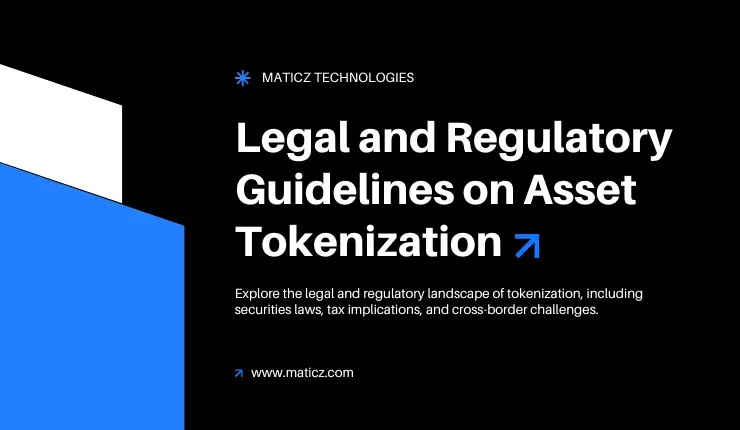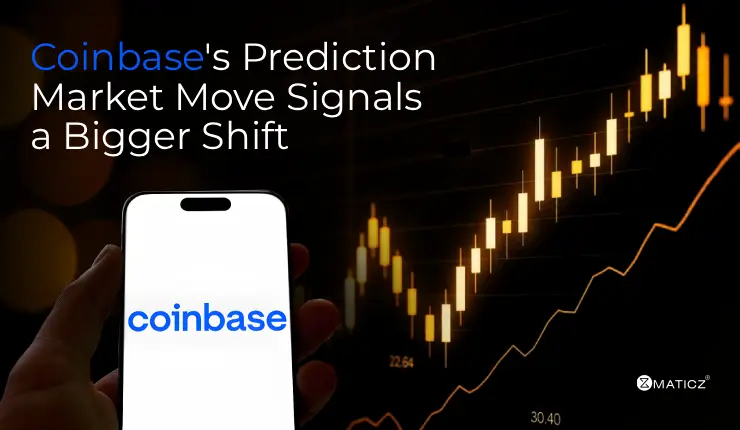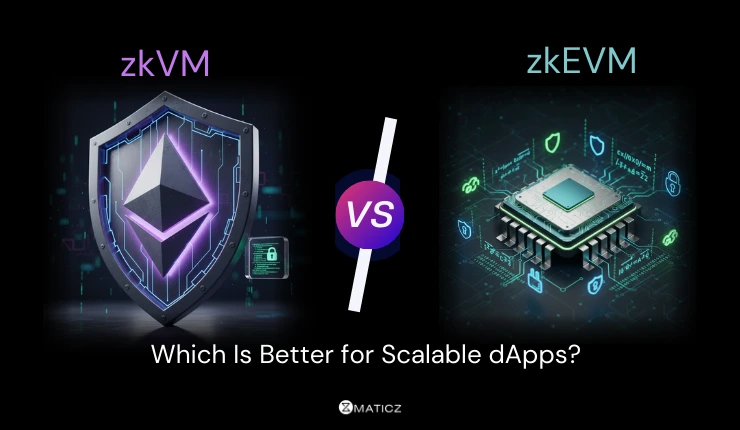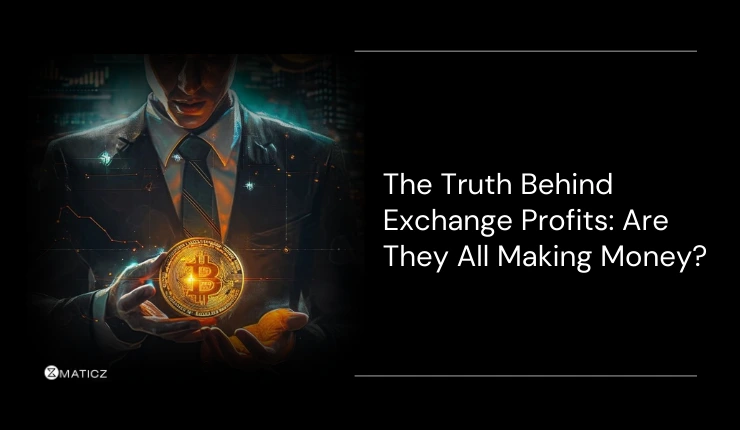Share Posts

Legal and Regulatory Guidelines of Asset Tokenization in 2025
46
2260
103
Blockchain and distributed ledger technology will drive the asset tokenization sector, resulting in a significant regulatory shift by 2025. As tokenized assets continue to transform traditional finance, regulatory bodies worldwide are developing frameworks to address challenges while encouraging innovation.
This change includes extensive classification systems, robust compliance standards, smart contract authorizations, and advanced tax policies. The global push for regulatory standardization is reshaping asset tokenization platforms to protect investors, ensure legal transparency, and facilitate the secure integration of tokenized assets into global financial infrastructures.
Legal and Regulatory Aspects of Asset Tokenization
By 2025, more stringent and robust regulations will probably guide the asset tokenization sector. This confronts more important aspects like asset classification, smart contract executions, compliance, and tax obligations. Here’s a closer look at how the changing legal environment influences this technologically advanced financial system.
The Securities and Exchange Commission (SEC) is responsible for updating security laws. Then, the Commodity Futures Trading Commission (CFTC) oversees commodity laws. As tokenized financial instruments emerge, the CFTC is carefully considering their unique characteristics.
Several jurisdictions are collaborating with the International Organization of Securities Commissions (IOSCO). This will harmonize regulatory best practices for these new financial instruments.
Global Standards and Regulatory Frameworks
International regulatory bodies are working towards compatibility to streamline compliance and enable cross-border asset tokenization. For the classification, issuance, and trading of tokenized assets, the European Union provides comprehensive guidelines through its MiCA (Markets in Crypto Assets) framework.
Token Classification and Asset Categorization
Real-world asset tokenization needs exact classification to identify relevant regulations. Different legal standards apply to different types of tokens, including asset-backed tokens, utility tokens, and security tokens.
Security tokens, which stand in for actual financial instruments like stocks or bonds, are still subject to strict securities laws that demand disclosures, registration, and adherence to investor protection protocols. Due to their economic purpose and use cases, utility and non-fungible tokens (NFTs) are scrutinized to differing degrees.
Compliance - KYC/AML Protocols
All tokenization platforms still require KYC (Know Your Customer), AML(Anti Money Laundering), and decentralized compliance procedures will be frequently used in 2025. Token issuers must implement automated identity verification mechanisms and real-time monitoring systems.
On-chain analytics and zero-knowledge proofs are two examples of technologies being investigated to improve privacy while maintaining regulatory compliance. Additionally, tokenized transactions are now covered by FATF's updated Travel Rule, which requires participants to share information.
Smart Contract Regulation and Legal Enforceability
Smart contracts support the whole tokenization ecosystem and are examined to guarantee their enforceability and legality. Many jurisdictions have passed legislation by 2025 recognizing smart contracts as legally binding contracts as long as they meet certain requirements for clarity, openness, and dispute settlement.
Immutable codes and Oracle’s legal updates are under regulatory assessment with discussions around hybrid contracts that combine digital and off-chain enforcement methods.
Taxation and Reporting Requirements
Tax laws have changed over time to incorporate specific clauses of tokenized assets. The type of underlying asset and tokenization process structure has a significant impact on reporting requirements in 2025.
Blockchain technology is used to improve transparency and expedite audits by jurisdictions. Transaction-based tax obligations, capital gains, and income from fractional ownership structures must be taken into consideration by token issuers and holders; automated tax computation systems are increasingly common.
Consumer Protection and Investor Rights
Regulations for 2025 strongly emphasize thorough investor protection measures. Asset token issuers must provide financial and risk information to ensure that investors thoroughly understand the performance of token-backed assets.
Multi-signature wallets and regulated custodians are examples of advanced custody solutions that are increasingly necessary to protect tokenized assets. Regulatory agencies are implementing stricter guidelines for financial audits and project vetting to reduce systemic risks in tokenizing an asset.
Conclusion
Asset tokenization will function in a legal environment characterized by greater regulatory accuracy, global collaboration, and technological integration by 2025. Investor protection, market stability, and the prudent expansion of tokenized asset markets are the goals of these developments. Future asset tokenization security and scalability depend heavily on the interaction of innovation and regulatory frameworks.
Ready to navigate the future of asset tokenization seamlessly? Partner with Maticz, your trusted asset tokenization company, and turn your vision into a compliant, tech-driven reality!
Tap Into the Future
The latest insights, posts, and project updates - straight to your inbox.




